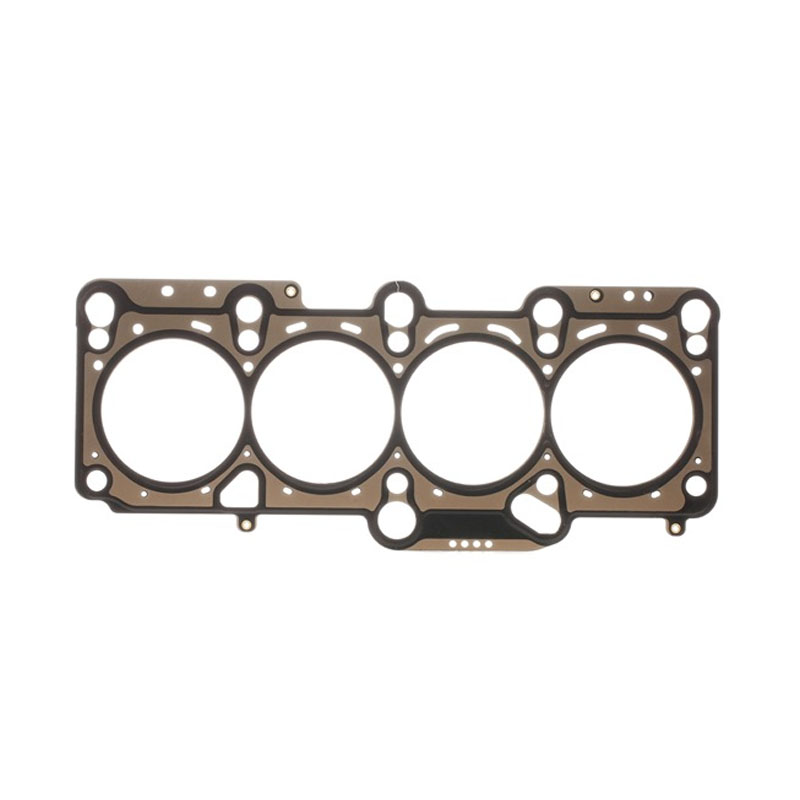oil seal 25x42x7
Understanding Oil Seals The 25x42x7 Dimension
Oil seals, also known as rotary shaft seals, are essential components in various machinery and automotive applications. They play a crucial role in preventing the leakage of lubricants and fluids while also keeping contaminants such as dirt, dust, and moisture from entering the machinery. One common dimension for oil seals is 25x42x7, which refers to the seal's inner diameter, outer diameter, and thickness, respectively.
What the Dimensions Mean
The designation 25x42x7 describes the oil seal's size. The first number, 25 mm, indicates the inner diameter of the seal, which is the size of the opening that fits onto the shaft. The second number, 42 mm, refers to the outer diameter, which is the total diameter of the seal that fits into the housing or bore. Lastly, the third number, 7 mm, is the thickness of the seal, which contributes to its ability to form a tight seal against potential leaks.
Understanding these dimensions is crucial for selecting the correct oil seal for a particular application. An oil seal that is too large or too small will not create an effective barrier, leading to fluid leakage and the potential for significant machinery damage over time.
Materials Used in Oil Seals
Oil seals are manufactured from various materials, primarily rubber, elastomers, and sometimes metals. The most common type of rubber used is nitrile rubber (NBR), which is known for its excellent resistance to oil and temperature variations. Other materials include fluorocarbon (FKM) and silicone rubber (VMQ), each offering different advantages depending on the specific application and the type of fluids that need to be contained.
oil seal 25x42x7

The choice of material directly influences the oil seal's performance and longevity. For example, seals exposed to high temperatures might require materials that can withstand such conditions without degrading. Conversely, seals exposed to harsh chemicals may need special formulations to prevent damage.
Importance of Oil Seals in Machinery
The proper functioning of oil seals directly impacts the overall efficiency and longevity of machinery. In automotive engines, for instance, oil seals prevent engine oil from leaking out while keeping dirt and debris from entering the engine, which is vital for maintaining proper lubrication and reducing wear on moving parts. Similarly, in industrial machinery, oil seals help maintain hydraulic fluids and greases within systems, ensuring smooth operations.
Failure of an oil seal can lead to oil leaks, which not only wastes valuable lubricants but can also cause severe damage to machinery components. Regular maintenance and timely replacement of oil seals are essential in preventing these costly failures.
Conclusion
In conclusion, the 25x42x7 oil seal is a standard component that plays an integral role in many mechanical systems, ensuring that fluids remain contained while keeping contaminants at bay. Understanding the significance of its dimensions, the materials used, and its impact on machinery performance is vital for anyone involved in maintenance or repair. By choosing the correct oil seal and ensuring regular checks, machinery operators can enhance efficiency and prolong the life of their equipment.
-
Simplifying Oil Changes: A Comprehensive Guide to Oil Drain Plugs and Their Variants
News Aug.04,2025
-
Mastering Oil Drain Maintenance: Solutions for Stripped, Worn, and Upgraded Oil Plugs
News Aug.04,2025
-
Fixing Oil Pan Plug Issues: Leaks, Stripped Nuts, and the Right Replacement Solutions
News Aug.04,2025
-
Everything You Need to Know About Oil Drain Plugs: Sizes, Fixes, and Upgrades
News Aug.04,2025
-
Choosing the Right Oil Drain Plug: A Guide to Sizes, Materials, and Drain Innovations
News Aug.04,2025
-
A Complete Guide to Automotive Drain Plugs: Types, Problems, and Innovative Solutions
News Aug.04,2025
-
The Ultimate Guide to Car Repair Kits: Tools and Essentials Every Driver Should Own
News Aug.01,2025
Products categories















